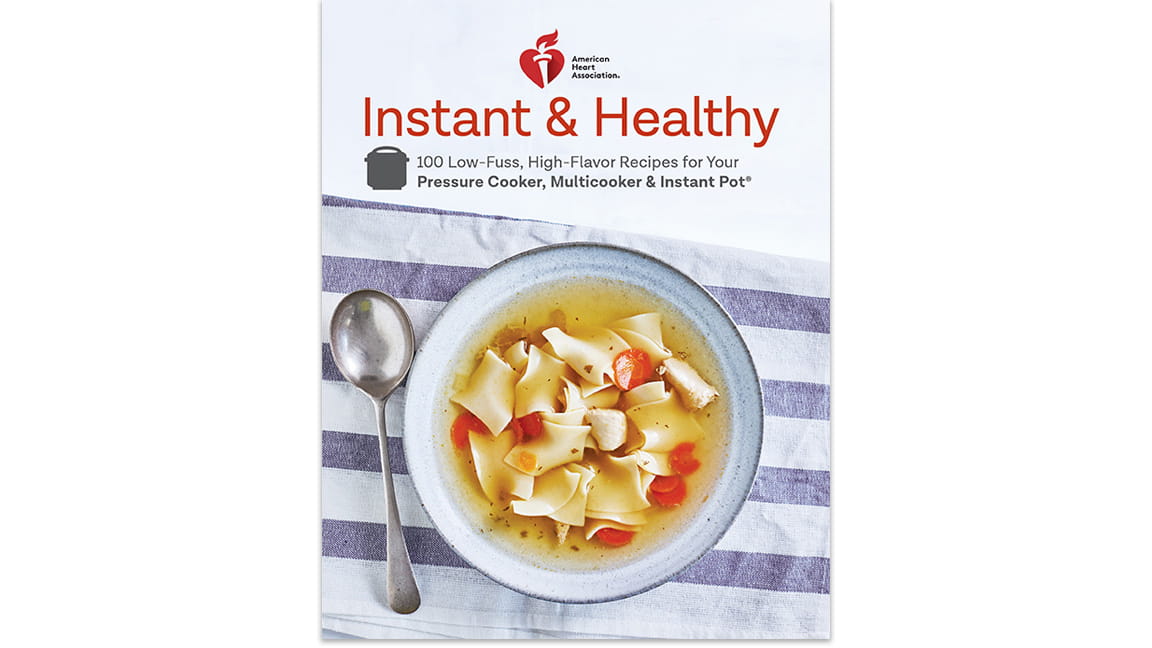Nutrition Facts
 Protein
Protein Fiber
FiberNutrition Facts
| Calories | 224 | |
|---|---|---|
| Total Fat | 5.5 g | |
| Saturated Fat | 0.5 g | |
| Trans Fat | 0.0 g | |
| Polyunsaturated Fat | 1.5 g | |
| Monounsaturated Fat | 2.0 g | |
| Cholesterol | 0 mg | |
| Sodium | 211 mg | |
| Total Carbohydrate | 37 g | |
| Dietary Fiber | 11 g | |
| Sugars | 10 g | |
| Protein | 11 g | |
Dietary Exchanges
1 1/2 starch, 3 vegetable, 1/2 lean meat
Ingredients
-
3 cups water -
3/4 cup dried chickpeas, sorted for stones and shriveled peas, rinsed, and drained -
2 teaspoons canola or corn oil -
1 medium onion (chopped) -
1 medium red bell pepper (chopped) -
2 tablespoons minced, peeled gingerroot -
3 medium garlic cloves (minced) -
1 1/2 cups fat-free, low-sodium vegetable broth -
1 medium head of cauliflower, cut into bite-size florets -
2 tablespoons curry powder -
1/4 teaspoon salt -
2 tablespoons minced, fresh cilantro (optional)
Directions
-
In the pressure cooker, stir together the water and chickpeas. Secure the lid. Cook on high pressure for 45 minutes. Release the pressure naturally for 15 minutes, then quickly release the remaining pressure. Drain the chickpeas in a colander. -
Heat the oil in the pressure cooker on sauté. Cook the onion for 3 minutes, or until soft, stirring frequently. Add the bell pepper. Cook for 3 minutes, or until tender. Stir in the gingerroot and garlic. Cook for 30 seconds, stirring frequently. Turn off the pressure cooker. -
Stir in the broth, cauliflower, curry powder, and salt. Stir in the chickpeas. Secure the lid. Cook on high pressure for 3 minutes. Quickly release the pressure. -
Serve sprinkled with the cilantro.
Cooking Tip: Curry powder is an integral part of this dish and the actual flavor and heat level vary with the brand. If the brand you’re using is labeled “Madras,” it’s hotter than regular curry powder. Once you make this dish, you’ll know if you prefer to increase or decrease the amount of curry powder.

 Servings 4
Serving Size 1 1/2 C
Servings 4
Serving Size 1 1/2 C
 Tip: Click on step to mark as complete.
Tip: Click on step to mark as complete.





